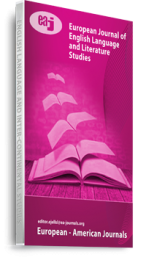The present study focuses on translating the rhetorical meanings of sarcasm in the Holy Quran and the translated texts in an attempt to find a kind of compatibility between the two languages. It sheds light on the method of sarcasm in some verses of Holy Quran in an attempt to understand its purpose, meaning and clarify the differences involved in its translation into the English language. The study aims to present some conceptions of sarcasm and take them into consideration in observing the original texts for the purpose of showing whether the translators are able to properly translate the implicit meanings of sarcasm, based on Newmark’s Model (1988), “semantic and communicative translation”. Qualitative analysis is appropriate for the purpose of the study, as it is suited for exploring people’s attitudes, opinions, beliefs, perceptions, interactions and behaviors in various settings and where the approach is interpretative and the data are presented subjectively rather than statistically. The study hypothesizes that translating sarcasm leads to some potential problems for translators; one of the conclusions obtained from this study is the diversity of translations depending on the translator’s understanding of the meaning of the original text. The main findings of the study are that the translators have produced different translations depending on their understanding of the verse’s meanings. In addition, in most cases, the renderings of the three translators sound inappropriate because they did not show the sarcastic function as it is in the source text (ST). So, the three translators in general, failed to express the intended ironical meaning as it is in the source text (The Holy Quran), and also could not manage to convey the sarcastic message implied.
Keywords: quranic verses, sarcasm, semantic and communicative translation, translation

